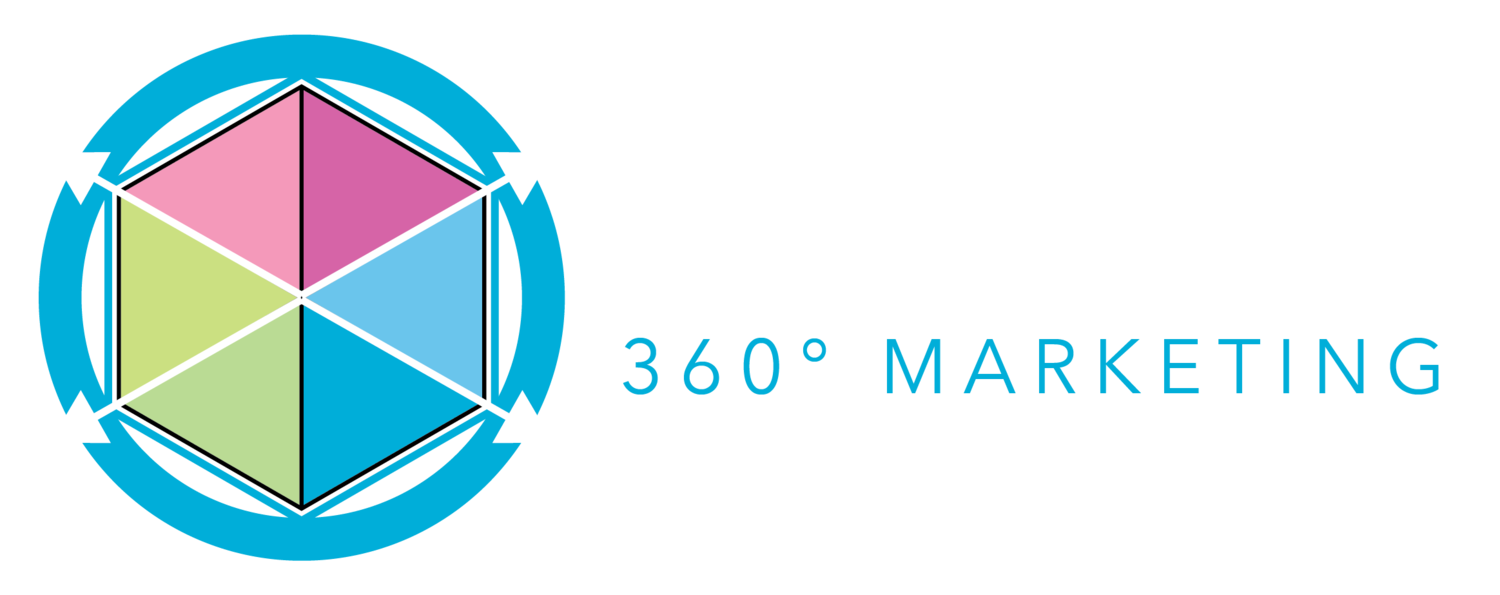FC GPS: The Secret to Marketing in Context
Here’s a framework to follow for clear, compelling and complete positioning.
Breakout companies position in the context of their buyers.
I trained as a journalist before starting in tech. I learned to take unfamiliar or complex situations, translate them into something the audience could understand and care about. I think my early success in asking the classic 5Ws and the H was in pushing hard on the "why" until it made sense to me, a non-techie.
Working with tech engineers selling to business buyers created a translation issue from the beginning. (Never mind the German!) They spoke to feeds and speeds and the way it worked from the inside. It required a complete shift to the outsider’s view to explain the solution to a real problem and get to that lightbulb moment.
To tell and sell your story and your solution, you have to trigger the business need first. To get attention, it needs to break through the market noise of competition (and the prospect’s status quo). To create momentum, you need to validate the need with independent sources and show results with others like “them.” In other words, you have to put your story in their business context.
I needed a framework to follow, something that began in messaging workshops to build company backgrounders. I formalized this fundamental exercise into what I call "GPS: Global Positioning Story" that can apply to any company at any stage. (It’s an especially helpful exercise when you’re moving into the “new” - stage, market, solution.) With this framework in place, you can set your company and product pitch for investors, analysts, customers, prospects…just turn the prism to fit your target.
Here are the six key questions to answer to build your pitch. Consider these the B2B version of the “5Ws and H” to position, explain and sell.
Here’s an explanation of how it works. Answer them for your company!
What problem do you solve? This is your raison d'être. Put the problem in business and market context: Why is it a problem? What is causing the problem? What can't they do today? What are the implications of the problem? This sets the stage of your business case. There's a difference between solving problems and unlocking opportunities and that is in the perception of need. Pain usually wins. With the supporting business case, sponsors can sign off on fixing a current problem faster. Opportunities can often be relegated to the nice to have category. In boom times, and when the focus is on growth, by all means emphasize the opportunity. When it's time to retrench, when budgets are being cut, be sure you can align with the mission-critical side of things.
For whom? Who has the pain directly and who is affected by these problems across the organization? Connect the dots to identify/define the buying roles across the organization.
How do you solve it? What's the core of your offer and what exactly, am I buying from you? Be careful. Many providers get stuck here. It's not feeds and speeds but the scope of your solution. How do people use it (and who)?
What's the payoff? What's the impact of solving the problem? Make the business case. Think of the benefits on multiple levels: strategic, operational, technical and financial. Describe the direct and cascading effects. As a result, you can x y and z. But it's not enough that you say it. You want proof of value through credible third parties and customers.
Why you? What makes you the expert and what drove you to focus here? You can play up your expertise and experience in a functional sense, as well as your personal passion for this issue if you have one. (And you should - breakouts have a burning desire to fix something they experienced directly or a unique perspective that no one else had seen.)
Why now? What makes this new, newsworthy and compelling? This element follows two paths, addressing your customer's context and your own innovation.
What's the buyer's urgency to act? Is it competitive catch up or ability to leapfrog others, upcoming regulatory deadlines that require compliance, budget cycles for funding, FOMO? Keep in mind that the closer it is to the sponsor, the easier it is to escalate.
The other "now" path positions you relative to the broader landscape. Why wasn’t this possible until now? Is it a fundamental tech breakthrough like AI, in-memory, cloud, mobile, 5G etc.? How did you exploit it? This can establish the rationale for category creation, catapult you with platform/tool vendors (hot use cases) and get attention with influencers. Perhaps an acquisition or merger brings strengths together for you. When you’re in a pack of startups and the gorilla starts buying your competition, you might find an opening of independence.
It’s all about positioning more value.
GPS helps you create and establish a compelling and credible story that matters to buyers and influencers. It's how you position, price and sell higher. Sure the tech team will want to get under the hood and go deeper, but you'll need to ultimately make the business case on how it saves money, makes people more productive, end customers happier and more loyal. The clearer that is, the faster you'll move.
###
This is a core part of our offer in collaborating with clients. We start with a workshop, interview stakeholders and research the space and deliver your story. Contact me to learn more.
Bonnie Ravina is the founder of FC360 Marketing (formerly Full Circle Communications), a boutique consultancy that works with B2B tech companies to position, enable and scale, and former operating partner at Ring Capital, a French-based impact VC. She specializes in Go-to-Market strategy entry and global expansion, having worked with dozens of software and services companies from all around the world.



